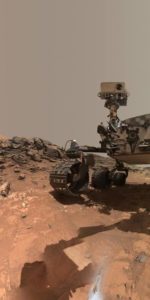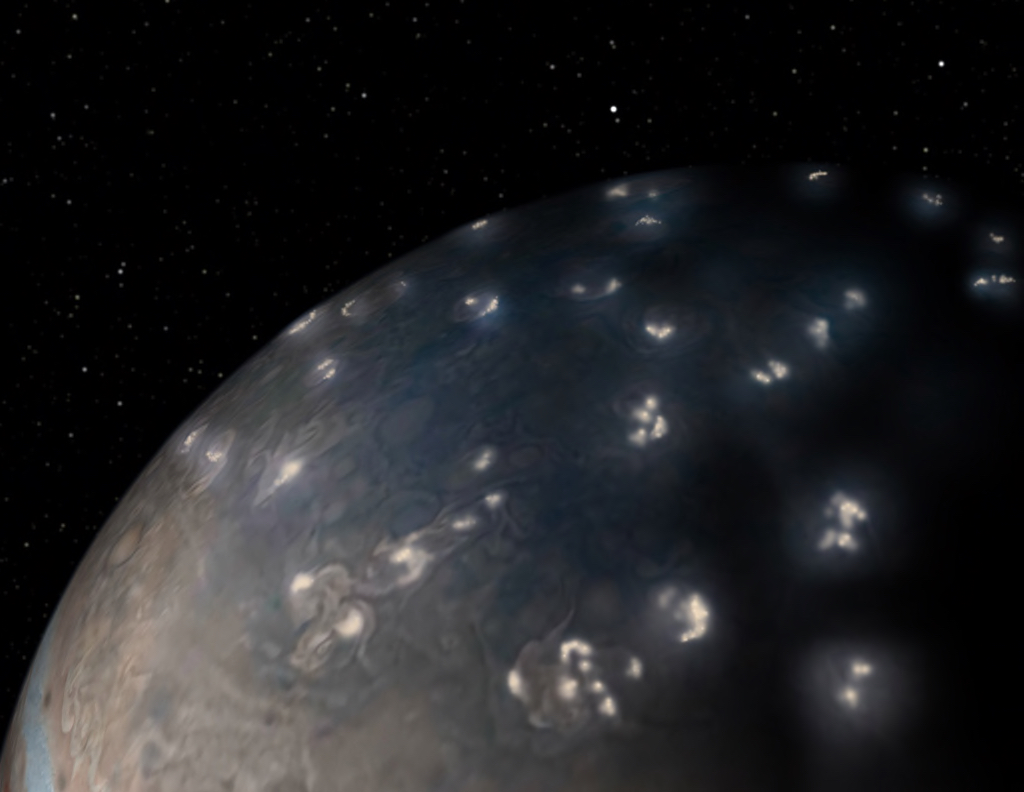
NASA’s Juno spacecraft has shown Jupiter in ways never seen before, not only sending back incredibly detailed images of the beautifully turbulent atmosphere, but also new data on what the giant planet is really like on the inside and how it formed. The mission has been very successful so far, since July 4, 2016, and now there’s more good news – NASA has approved an extension of Juno’s science operations until July 2021. Juno has also now solved a 39-year mystery about Jovian lightning and how it compares to lightning on Earth.
Due to a concern with Juno’s fuel system, the spacecraft is currently circling Jupiter in 53-day orbits instead of the initial planned 14-day orbits, which meant less science observations. Being in a longer orbit means that it takes longer to collect all of the desired science data. But now, the mission has been extended by 41 months, allowing more time for the science data collection. Juno is now fully funded through FY 2022.
“With these funds, not only can the Juno team continue to answer long-standing questions about Jupiter that first fueled this exciting mission, but they’ll also investigate new scientific puzzles motivated by their discoveries thus far,” said Thomas Zurbuchen, associate administrator for NASA’s Science Mission Directorate in Washington. “With every additional orbit, both scientists and citizen scientists will help unveil new surprises about this distant world.”
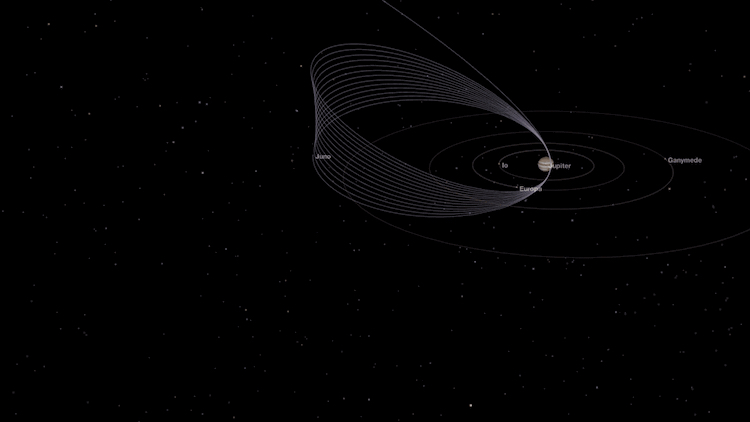
Not since the Galileo mission has any spacecraft studied Jupiter so closely. The largest planet in the Solar System has held many surprises, and has been revealed to be even more dynamic than previously known. Juno has viewed the massive polar cyclones, watched auroras which “defy earthly laws of physics,” found that the storm belts penetrate deeper into the atmosphere than thought and determined that the planet’s interior is not as uniform as previously believed.
“We are excited to share these early discoveries, which help us better understand what makes Jupiter so fascinating,” said Diane Brown, Juno program executive at NASA Headquarters in Washington. “It was a long trip to get to Jupiter, but these first results already demonstrate it was well worth the journey.”
The planet’s most famous feature, the Great Red Spot, has also been seen by Juno in unprecedented detail.
Juno has also now shed more light on a long-lived and electrifying Jovian mystery – lightning. The results were published in a new paper on June 6, 2018, which describes how lightning on Jupiter is both similar to and different from lightning on Earth.
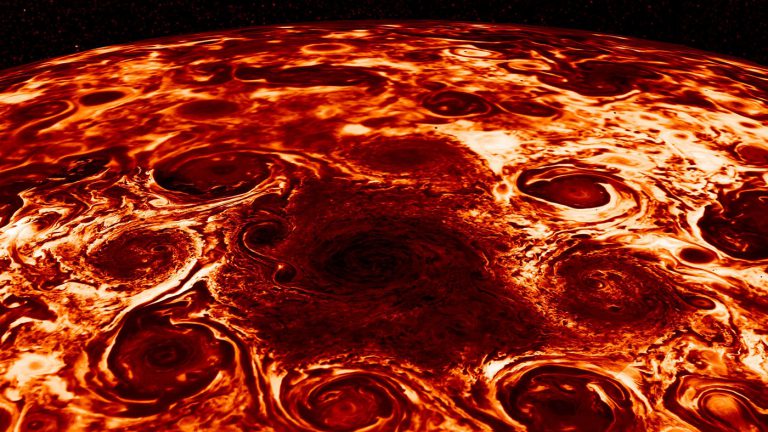
“No matter what planet you’re on, lightning bolts act like radio transmitters – sending out radio waves when they flash across a sky,” said Shannon Brown of NASA’s Jet Propulsion Laboratory in Pasadena, California, a Juno scientist and lead author of the paper. “But until Juno, all the lightning signals recorded by spacecraft [Voyagers 1 and 2, Galileo, Cassini] were limited to either visual detections or from the kilohertz range of the radio spectrum, despite a search for signals in the megahertz range. Many theories were offered up to explain it, but no one theory could ever get traction as the answer.”
Juno monitored the lightning flashes with its Microwave Radiometer Instrument (MWR), which records emissions from the gas giant across a wide spectrum of frequencies.
“In the data from our first eight flybys, Juno’s MWR detected 377 lightning discharges,” said Brown. “They were recorded in the megahertz as well as gigahertz range, which is what you can find with terrestrial lightning emissions. We think the reason we are the only ones who can see it is because Juno is flying closer to the lighting than ever before, and we are searching at a radio frequency that passes easily through Jupiter’s ionosphere.”

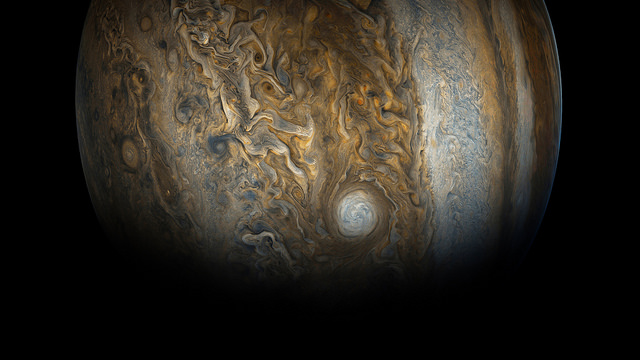
But Juno also found differences from terrestrial lightning.
“Jupiter lightning distribution is inside out relative to Earth,” said Brown. “There is a lot of activity near Jupiter’s poles but none near the equator. You can ask anybody who lives in the tropics – this doesn’t hold true for our planet.”
“These discoveries could only happen with Juno,” noted Scott Bolton, principal investigator of Juno from the Southwest Research Institute, San Antonio. “Our unique orbit allows our spacecraft to fly closer to Jupiter than any other spacecraft in history, so the signal strength of what the planet is radiating out is a thousand times stronger. Also, our microwave and plasma wave instruments are state-of-the-art, allowing us to pick out even weak lightning signals from the cacophony of radio emissions from Jupiter.”
On July 16, 2018, Juno will perform its 13th science flyby of Jupiter. More information about Juno is available on the mission website.
FOLLOW AmericaSpace on Facebook!
.




